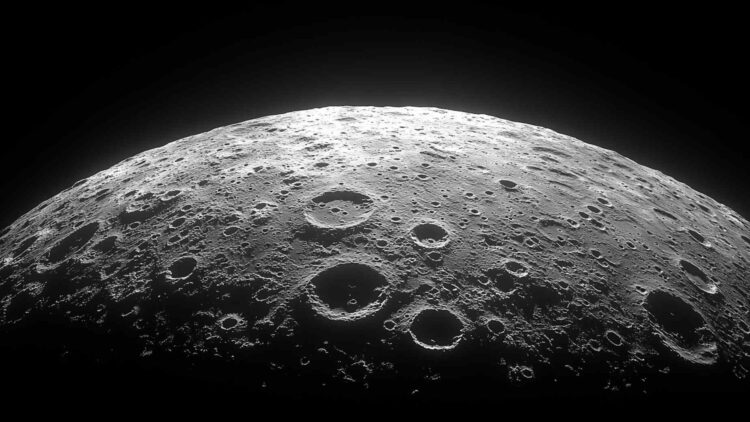Space travel is all the rage right now, and while it has proven to be hard and expensive, it is not stopping private companies from trying to make it as far as possible. For now, the most popular landing place seems to be the Moon, and even that is proving to be challenging. So much so that this week two private companies attempted to land on the surface of the Moon. One of the companies was more successful than the other, as just one made in one piece.
The crafts that have landed on the Moon and their mission
In the early hours of March 2, 2025, at 3:34 a.m. EST, Firefly Aerospace achieved a milestone as its Blue Ghost lunar lander touched down in Mare Crisium, near the small peak known as Mons Latreille. This mission, named *Ghost Riders in the Sky*, represents the company’s inaugural journey to the Moon and the first completely successful lunar landing carried out by a private space firm.
Celebrating the success of the landing, Firefly Aerospace wrote on their website “Blue Ghost Mission 1 delivered 10 science and technology instruments to the lunar surface as part of NASA’s Commercial Lunar Payload Services (CLPS) initiative. Upon launching on January 15, Blue Ghost spent approximately 45 days traveling to the Moon, allowing ample time to conduct health checks on each subsystem and begin payload science. Blue Ghost then successfully landed in Mare Crisium on March 2 and is now operating payloads for a complete lunar day (about 14 Earth days).”
“On March 14, Firefly expects to capture high-definition imagery of a total eclipse when the Earth blocks the sun above the Moon’s horizon. Blue Ghost will then capture the lunar sunset on March 16, providing data on how lunar dust levitates due to solar influences and creates a lunar horizon glow first documented by Eugene Cernan on Apollo 17. Following sunset, Blue Ghost will operate several hours into the lunar night.”
On March 6, 2025, at 12:30 p.m. EST, Intuitive Machines made a second attempt to land at the lunar south pole. The company’s first mission, IM-1, also known as *Odysseus*, reached this region in February 2024. However, a landing mishap caused one of its legs to break, leaving the spacecraft lying on its side. While some data was successfully transmitted, the mission was cut short soon after. They had a second lander, Athena, that they hoped would fare better, but it seems like it also crashed.
Intuitive Machines wrote an update on Friday detailing the results of the mission “Images downlinked from Athena on the lunar surface confirmed that Athena was on her side. After landing, mission controllers were able to accelerate several program and payload milestones, including NASA’s PRIME-1 suite, before the lander’s batteries depleted. With the direction of the sun, the orientation of the solar panels, and extreme cold temperatures in the crater, Intuitive Machines does not expect Athena to recharge. The mission has concluded and teams are continuing to assess the data collected throughout the mission.”
Since the two missions chose to land in very different parts of the Moon it stands to reason that their success would not be paralleled. Blue Ghost 1 landed in Mare Crisium at a latitude comparable to Apollo 17’s historic 1972 mission. Most successful lunar landings have occurred in these mid-latitude regions or near the Moon’s equator, where conditions are more favorable. The chosen site provided a broad, level surface for touchdown.
In contrast, Intuitive Machines’ second lander targeted a location closer to the lunar south pole than any previous mission. The team acknowledged the challenges of this region, noting that its rough landscape and extreme sunlight angles have made it a difficult destination for past landers.

